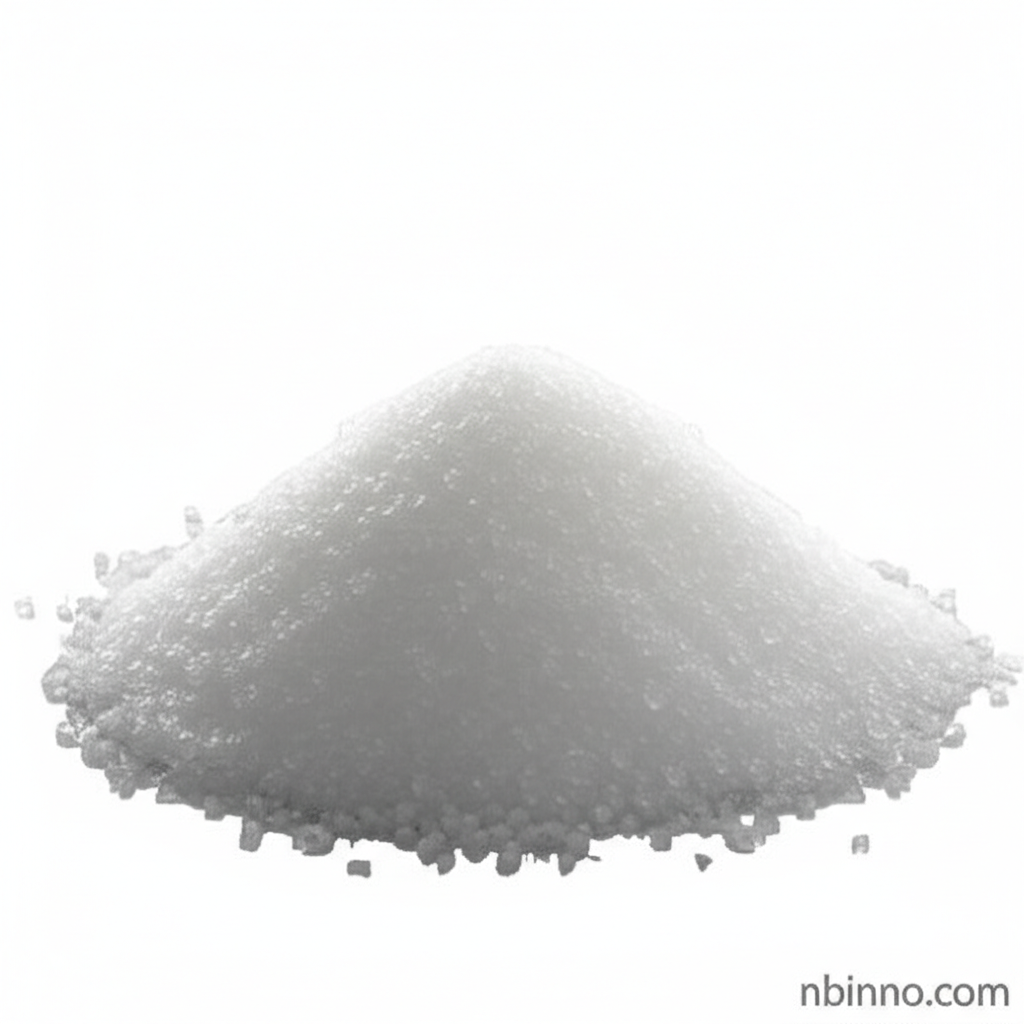Adipic Acid: A Versatile Dicarboxylic Acid for Industrial and Food Applications
Discover the extensive applications and essential role of adipic acid across manufacturing and food industries.
Get a Quote & SampleProduct Core Value

Adipic Acid
Adipic acid, also identified by its CAS number 124-04-9, is a fundamental organic compound with significant industrial and food-grade applications. Its primary role as a precursor for nylon 6,6 production underscores its importance in the polymer industry. Beyond polymers, adipic acid serves as a crucial food additive, providing tartness and acting as a gelling agent and leavening agent in various food products.
- Explore the diverse uses of adipic acid in food production, from enhancing flavor in beverages to improving the texture of jams and jellies.
- Understand how adipic acid functions as a key nylon precursor, highlighting its importance in the synthesis of materials like nylon 6,6.
- Learn about the chemical properties and industrial significance of hexanedioic acid, a critical dicarboxylic acid.
- Investigate the role of adipic acid as a food additive, specifically its function as an acidulant and gelling aid.
Product Advantages
Versatile Industrial Precursor
As a primary building block for nylon 6,6, adipic acid is indispensable for manufacturing strong, durable synthetic fibers and plastics used globally.
Enhanced Food Product Quality
In the food industry, adipic acid (E355) improves taste profiles, texture, and shelf-life in products like gelatin, desserts, and baked goods, making it a valuable food additive.
Controlled Release in Medicine
Adipic acid contributes to advanced pharmaceutical formulations, aiding in the controlled release of drugs and improving their therapeutic efficacy.
Key Applications
Nylon and Polymer Synthesis
Utilize adipic acid as a critical monomer for the production of nylon 6,6 and other polymers, contributing to materials with exceptional strength and elasticity.
Food and Beverage Industry
Enhance flavor, texture, and preservation in a wide array of food products by incorporating adipic acid as an acidulant and gelling agent.
Pharmaceutical Formulations
Leverage adipic acid in drug delivery systems for controlled release, ensuring optimal therapeutic outcomes.
Plasticizers and Coatings
Adipic acid derivatives are employed as plasticizers to increase the flexibility of plastics and as components in coatings for improved performance.
